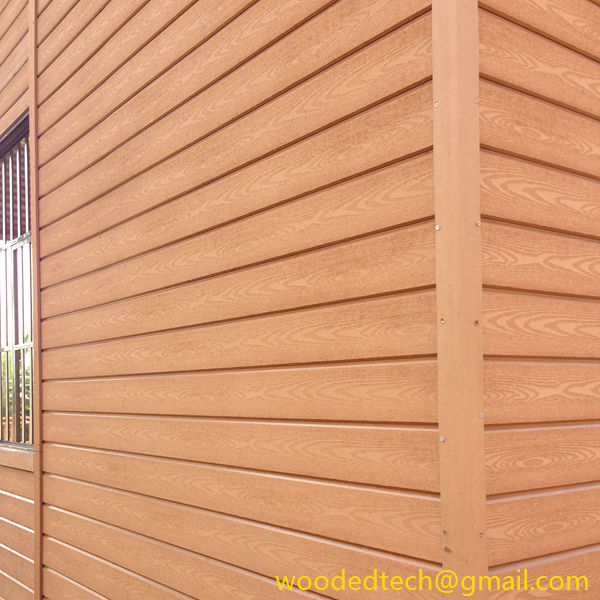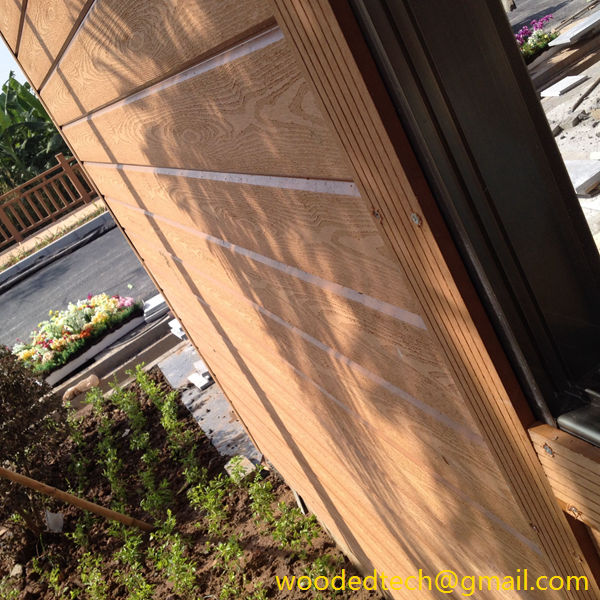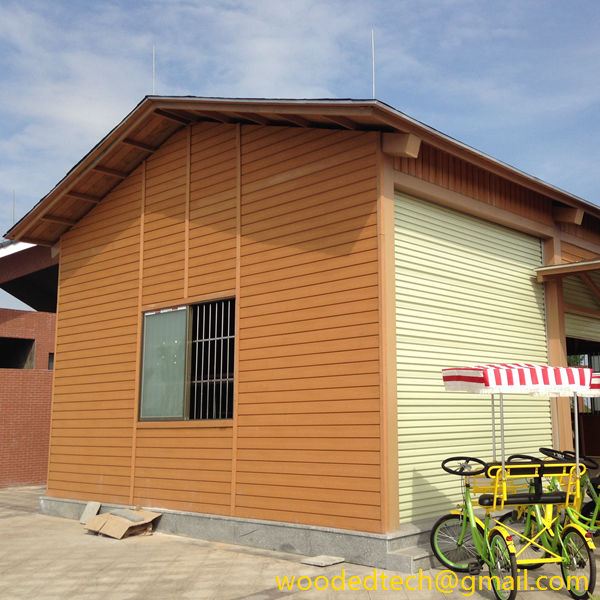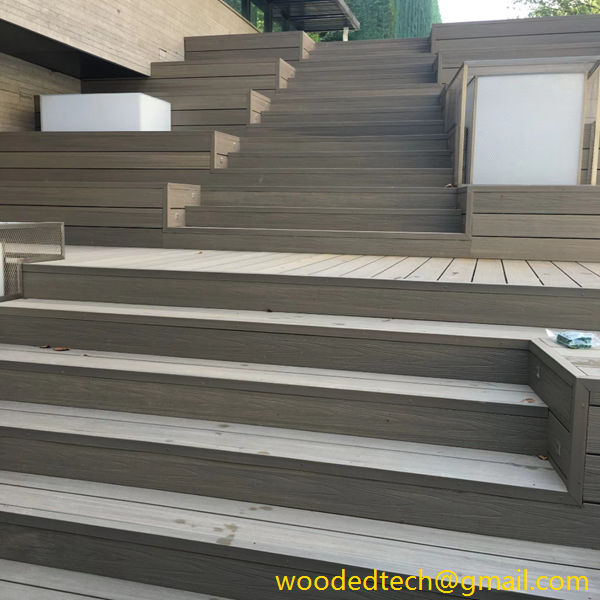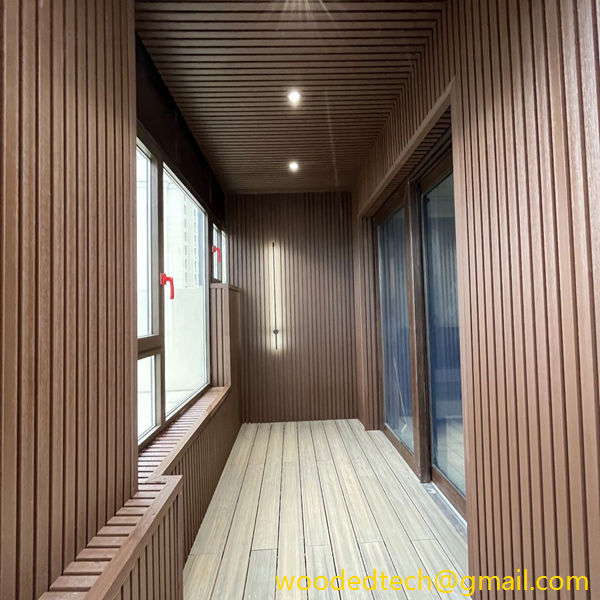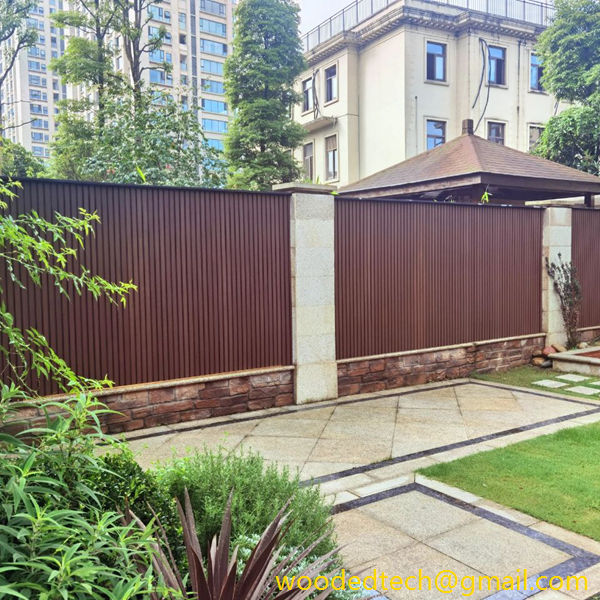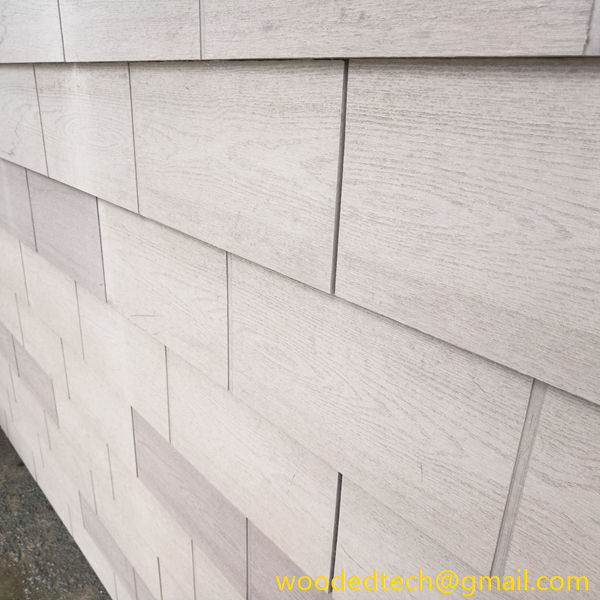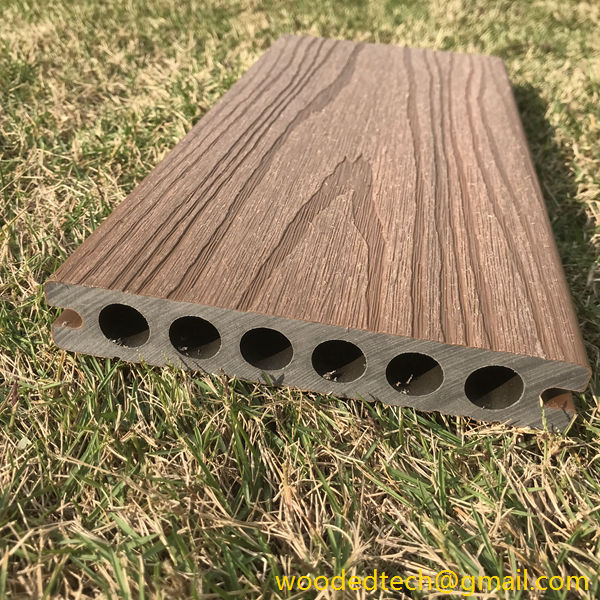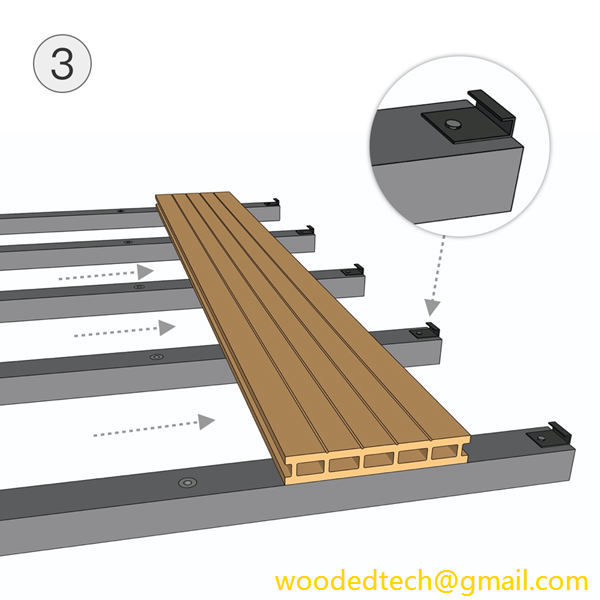探索塑木覆層的優點,打造時尚、低維護費用的建築外牆
發掘塑木覆層的優點,打造時尚、低維護費的建築外牆 在考慮建築物的外觀設計時,材料的選擇在達到美觀吸引力和功能耐久性方面起著舉足輕重的作用。塑木覆層是近年來相當受歡迎的一種材料。這種創新產品...
探索塑木覆層的優點,打造時尚、低維護費用的建築外牆
When considering the exterior design of a building, the choice of materials plays a pivotal role in achieving both aesthetic appeal and functional durability. One material that has gained significant popularity in recent years is plastic wood cladding. This innovative product combines the natural look of wood with the practical benefits of plastic, offering a stylish and low-maintenance solution for various architectural projects. In this article, we will explore the numerous advantages of plastic wood cladding and why it might be the perfect choice for your building exterior.
First and foremost, the aesthetic appeal of plastic wood cladding cannot be overstated. It is designed to replicate the warm, inviting appearance of natural wood without the associated drawbacks. Homeowners and builders can choose from a variety of colors, textures, and finishes to suit their design preferences. Whether you desire the classic look of cedar, the rustic charm of reclaimed wood, or the sleek sophistication of contemporary styles, plastic wood cladding can meet your aesthetic requirements while providing a modern twist.
Another significant benefit of plastic wood cladding is its low-maintenance nature. Unlike traditional wood, which requires regular staining, sealing, and painting to maintain its appearance and protect it from the elements, plastic wood cladding is remarkably easy to care for. It is designed to withstand harsh weather conditions, including rain, snow, and UV exposure, without fading or warping over time. A simple rinse with water and mild soap is often all that is needed to keep it looking fresh. This ease of maintenance not only saves time and effort but also reduces costs associated with upkeep, making it an economically wise choice in the long run.
Durability is another key advantage of plastic wood cladding. Traditional wood is susceptible to a range of issues, including rot, insects, and moisture damage. In contrast, plastic wood cladding is engineered to resist these common problems, ensuring that your building exterior remains intact and attractive for many years. The materials used in plastic wood cladding are typically resistant to fading, chipping, and cracking, which means that the cladding will maintain its integrity and appearance even in the face of challenging environmental conditions.
In addition to its durability, plastic wood cladding is also environmentally friendly. Many manufacturers produce plastic wood products using recycled materials, reducing the strain on natural resources and promoting sustainability. By choosing plastic wood cladding, you can contribute to environmental conservation while enjoying the benefits of a beautiful and functional building exterior. Furthermore, the longevity of plastic wood cladding means that it does not need to be replaced as frequently as traditional wood, further minimizing waste.
Another noteworthy aspect of plastic wood cladding is its versatility. It can be used in a wide range of applications, from residential homes to commercial buildings and outdoor structures such as decks and pergolas. This versatility allows architects and builders to incorporate plastic wood cladding into various design styles, whether it be traditional, modern, or something in between. Additionally, it can be installed in different orientations, such as horizontally or vertically, enabling creative design possibilities that enhance the overall appearance of the structure.
Fire resistance is an essential factor to consider when selecting materials for building exteriors. Many plastic wood cladding products are designed to meet stringent fire safety standards, providing an added layer of protection for your property. This feature is particularly important in areas prone to wildfires or where building codes require fire-resistant materials. By choosing plastic wood cladding that meets these standards, you can ensure the safety of your building while enjoying the aesthetic benefits of a wood-like finish.
Furthermore, plastic wood cladding can contribute to energy efficiency. Its insulating properties can help regulate the temperature within a building, reducing the need for heating and cooling systems to work overtime. This energy efficiency not only results in lower utility bills but also lessens the overall environmental impact of the building. By promoting energy efficiency, plastic wood cladding aligns with the growing trend toward sustainable building practices.
The installation process for plastic wood cladding is also a significant advantage. Many products come with interlocking systems or tongue-and-groove designs that make them easy to install. This ease of installation can save both time and labor costs, making it a practical choice for builders and contractors. Moreover, the lightweight nature of plastic wood cladding can simplify the transportation and handling process during construction.
In conclusion, plastic wood cladding presents an array of benefits that make it an attractive option for anyone looking to enhance the exterior of a building. Its aesthetic versatility, low-maintenance requirements, durability, environmental friendliness, fire resistance, energy efficiency, and straightforward installation process collectively position it as a smart choice for modern architecture. Whether you are a homeowner looking to upgrade your residence or a builder seeking innovative materials for a new project, plastic wood cladding offers a stylish and practical solution that meets the demands of contemporary design while minimizing upkeep and environmental impact. Embrace the future of building materials with plastic wood cladding and enjoy a beautiful, lasting exterior that reflects both style and sustainability.

